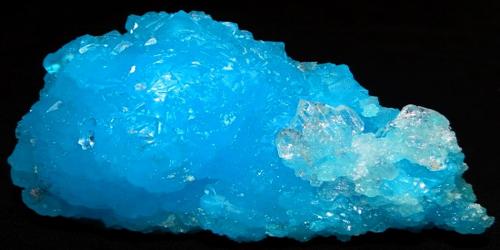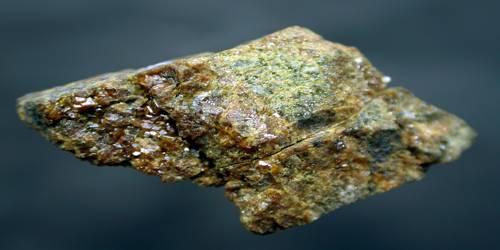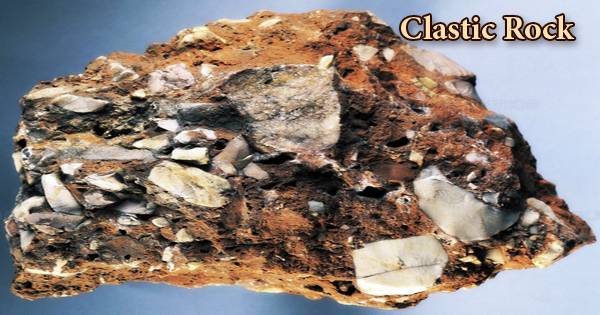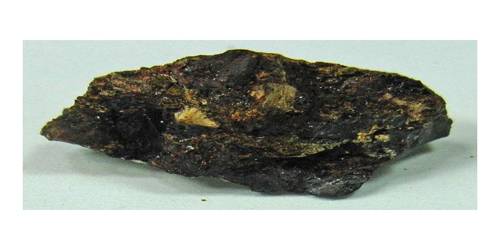Brianite is a phosphate mineral with the chemical formula Na2CaMg(PO4)2. It is a phosphate mineral that was first identified in an iron meteorite. This mineral is named after Brian Harold Mason (1917–2009), a pioneer in meteoritics. The mineral was named in honor of Brian Harold Mason, a New Zealandic-American meteoriticist, mineralogist, and geochemist.
General Information
- Category: Phosphate minerals
- Formula: Na2CaMg(PO4)2
- Crystal system: Monoclinic
- Crystal class: Prismatic (2/m) (same H-M symbol).

Properties
Brianite is colorless, with a vitreous luster, and a white streak. It has a transparent appearance, with a density of 3 g/cm3, and a relative hardness ranging from 4 to 5. It is widely distributed in the Dayton finest (very fine-grained) octahedrite meteorite.
- Color: Colorless
- Crystal habit: Anhedral grains with lamellar structure visible under polarized light
- Twinning: Polysynthetic on {100}
- Mohs scale hardness: 4-5
- Luster: Vitreous
- Diaphaneity: Transparent
- Specific gravity: 3.0-3.1
Occurrence
Brianite occurs as a very rare component in phosphate nodules in an iron meteorite. It was first reported from the Dayton meteorite in Montgomery County, Ohio in 1966. It occurs in phosphate nodules within the meteorite. Associated minerals include panethite, whitlockite, albite, enstatite, schreibersite, kamacite, taenite, graphite, sphalerite, and troilite.
The minerals that are closely associated with brianite include troilite, sphalerite, graphite, taenite, kamacite, schreibersite, enstatite, albite, whitlockite, and panethite.
Information Source:
















